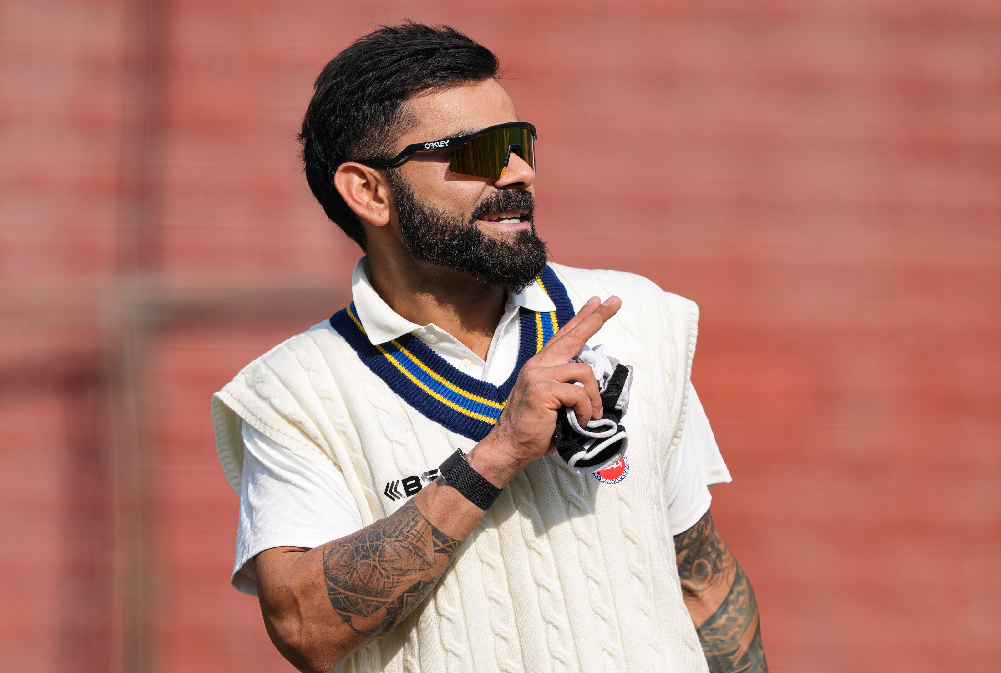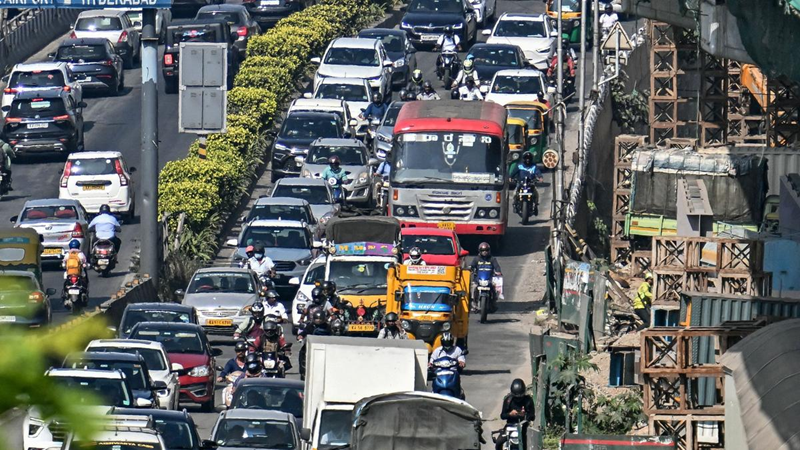
Roads turn death-traps...for drivers are just too careless
If the statistics of fatalities provided by the annual reports of the Ministry of Road Transport and Highways (MoRTH) are any yardsticks, the road accidents wipe out the population of one small town in India every year.
The latest report for the year 2022 puts the number of those killed during the calendar year at 168,491. According to the report there were 461,312 accidents during the year.
Most of the dead (83.4 per cent) belonged to working age group of 18-60 years. The two-wheeler riders accounted for the highest share among the dead (44.5%) with pedestrian road-users coming distant second with a share of 19.5 per cent.
It could be gleaned that around one-third of all accidents were fatal. Aside from deaths, these accidents injured, maimed or disabled 443,366 persons.
The mishaps translate, on an average into 1,264 accidents and 462 deaths every day or 53 accidents and 19 deaths every hour. Highways that account for five per cent of the road network claimed 55 per cent of the total accidents and more than 60 per cent of fatalities.
The numbers speak poorly of the safety conditions on roads in a country that has been witnessing rapid expansion of road network in the wake of economic progress during the last few decades.
Since road safety involves multiple stakeholders, any effort to make the travel and transportation safe should take into consideration all the factors such as road infrastructure, policing, traffic signages, vehicle conditions and maintenance and human error.
The report attributes 72.3 per cent of the accidents to ‘over speeding’ while ‘jumping the red light’, or drunken driving or driving on wrong side came distant second among the factors causing mishaps.
Road environment and vehicular conditions too were among the major causes with 18.2 per cent share of accidents and 18.1 per cent of fatalities.
Worldwide studies have shown that human errors are the predominant—90 to 93 per cent—cause of road crashes which involves both perceptual judgement and behavioural aspects.
While perceptual deficiencies – rain, snow, fog, potholes—can be excusable, drunken driving and transgression of traffic rules need to be dealt strongly.
Of late, the causative factors have begun to encompass factors such as speaking or texting over mobile phones. Similarly, improvement in highway conditions all across the nation and entry of high tech cars have begun dictating strict implementation in matters of provision and use of airbags and seat belts.
The all-pervasive laxity in adoption of such risk-averting gadgets have only enhanced fatalities and injuries to the vehicle-users. Evidently, most traffic accidents are man-made disasters which can be resolved through better education, inculcation of discipline and compliance of traffic rules.
Rise of vehicle ownership is directly proportional to the rise of economic prosperity.
There can be no way to reduce the vulnerabilities on the highway other than matching rise in alertness on the part of the men or women behind the wheels and vigilance by the traffic authorities.
 English daily published in Bengaluru & Doha
English daily published in Bengaluru & Doha






